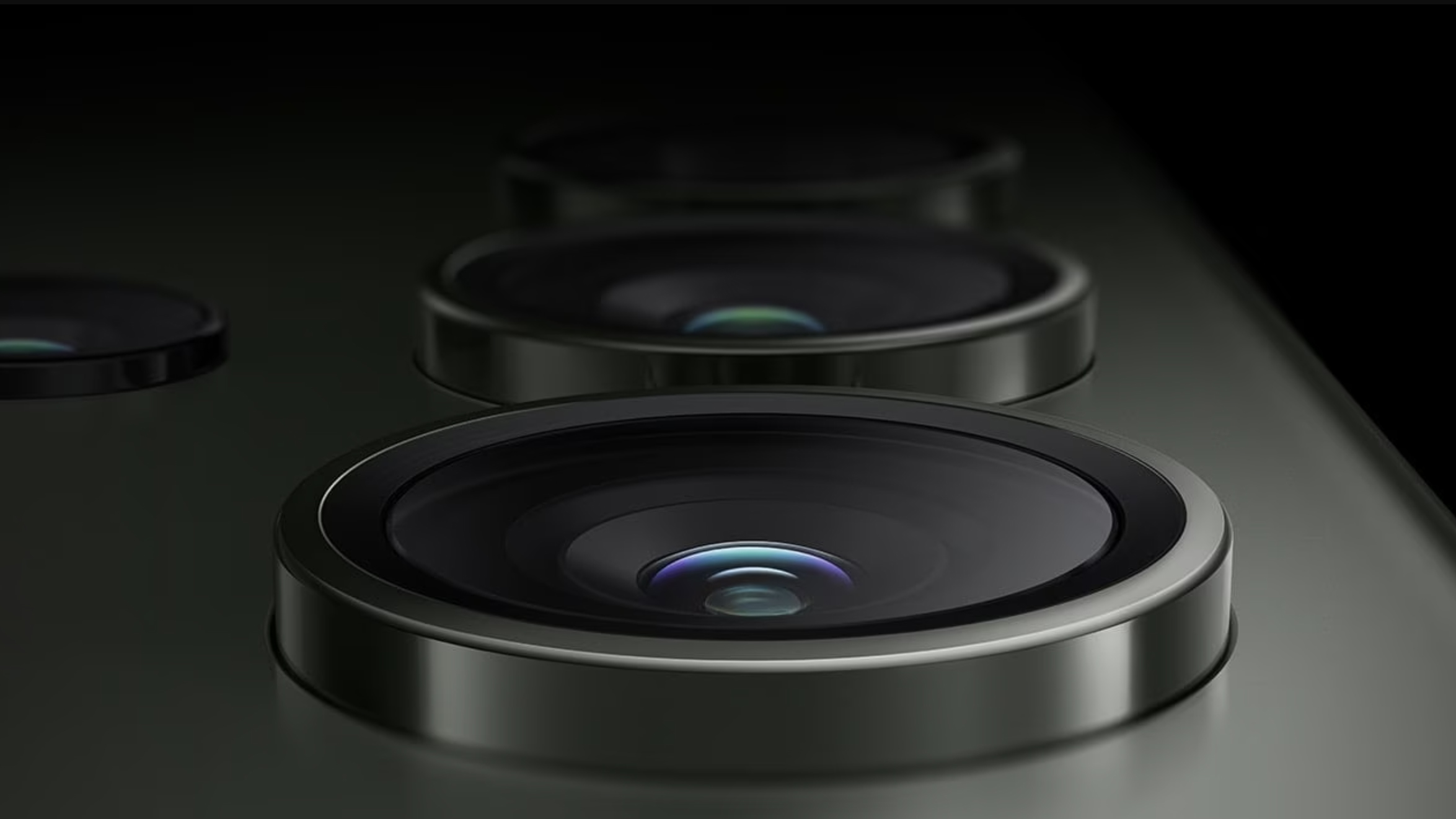The camera rigs being used to shoot Avatar 2 are out of this world!
Take a look at the 3D cameras that shot Avatar 2, they might not be what you think...

Avatar 2 is possibly the most sought-after sequel to many movie series within the last decade and now, thanks to YM Cinema, we get to share details in how it was shot. The world of cinema 3D is a weird beast, would would think they would all be shot on 360 degree cameras, but in reality they usually 2 camera rigged together and set to record both both left and right "views" so they can be assigned to the corresponding eyes, I have even seen 4 or even 6 cameras all rigged together to produce a 3 dimension image in post when they wanted to great vast 3D vistas.
With Avatar 2 however, a specially made 3D stereoscopic beam splitter system was used in-toe with the Sony Venice Rialto extension unit, which is properly called the Sony CineAlta Venice 3D.
For Avatar's sequel Director James Cameron, used multiple Sony Venice cameras have been paired in various 3D stereoscopic rigs using the Sony cabling system, the only part of the Venice carried on the rig was the image sensor optical blocks (Rialto), significantly reducing on-board camera weight to about three pounds per sensor block, as stated by Sony.
By lowering the weight and improving ergonomics, Cameron earned the ability to shoot with greater flexibility and freedom and with the recent Avatar 2 trailer release. 3D rigs are known as mirror rigs or beam splitter rigs, the whole idea with 3D is to capture left and right-eye images and then superimpose them on the screen so that we get the perceived impression of depth within the picture. The way it can be achieved is by using two cameras one for the left eye and one for the right eye.
Furthermore, it’s quite important to get the distance between those cameras correct for each scene and this is where a beam splitter comes in really handy. The image from the top camera is reflected off the mirror which is a 45 degrees image from the horizontal camera that shoots through the mirror. By adjusting these cameras from side to side you can actually make the distance between them correct for the particular 3D depth of the scene.
Read more:
Best cinema camera
Best cine lenses
Best 8K camera
Best anamorphic lenses
Canon launches 3D VR lens
Best cameras for filmmaking
The best camera deals, reviews, product advice, and unmissable photography news, direct to your inbox!

For nearly two decades Sebastian's work has been published internationally. Originally specializing in Equestrianism, his visuals have been used by the leading names in the equestrian industry such as The Fédération Equestre Internationale (FEI), The Jockey Club, Horse & Hound, and many more for various advertising campaigns, books, and pre/post-event highlights.
He is a Fellow of the Royal Society of Arts, holds a Foundation Degree in Equitation Science, and holds a Master of Arts in Publishing. He is a member of Nikon NPS and has been a Nikon user since his film days using a Nikon F5. He saw the digital transition with Nikon's D series cameras and is still, to this day, the youngest member to be elected into BEWA, the British Equestrian Writers' Association.
He is familiar with and shows great interest in 35mm, medium, and large-format photography, using products by Leica, Phase One, Hasselblad, Alpa, and Sinar. Sebastian has also used many cinema cameras from Sony, RED, ARRI, and everything in between. He now spends his spare time using his trusted Leica M-E or Leica M2, shooting Street/Documentary photography as he sees it, usually in Black and White.

